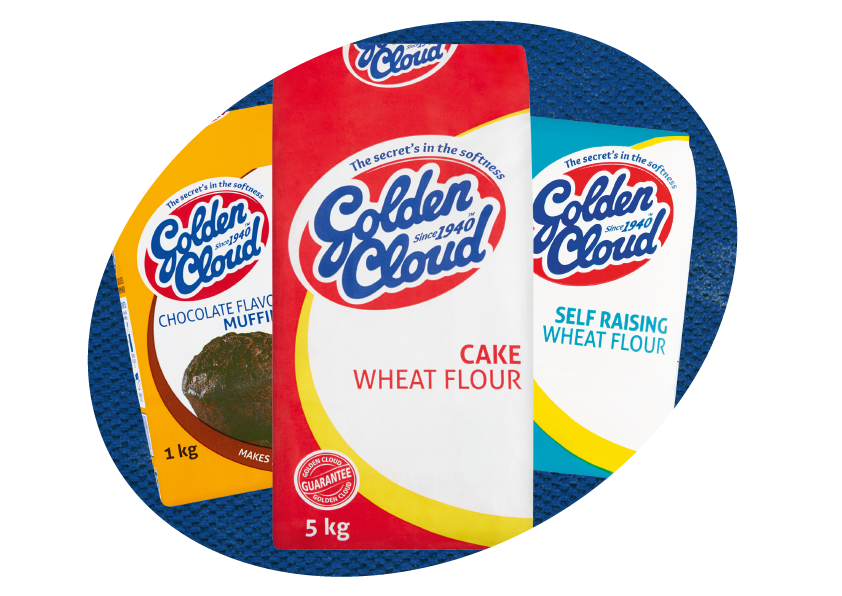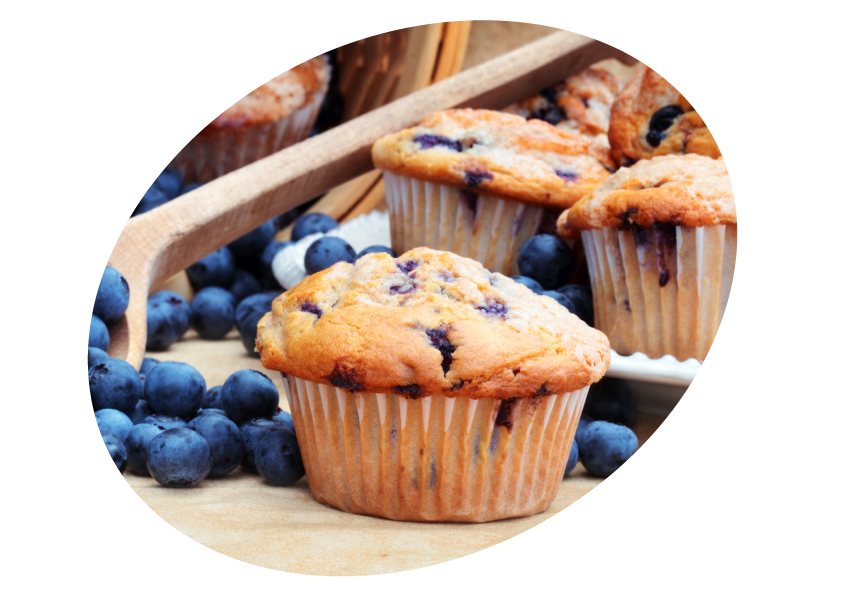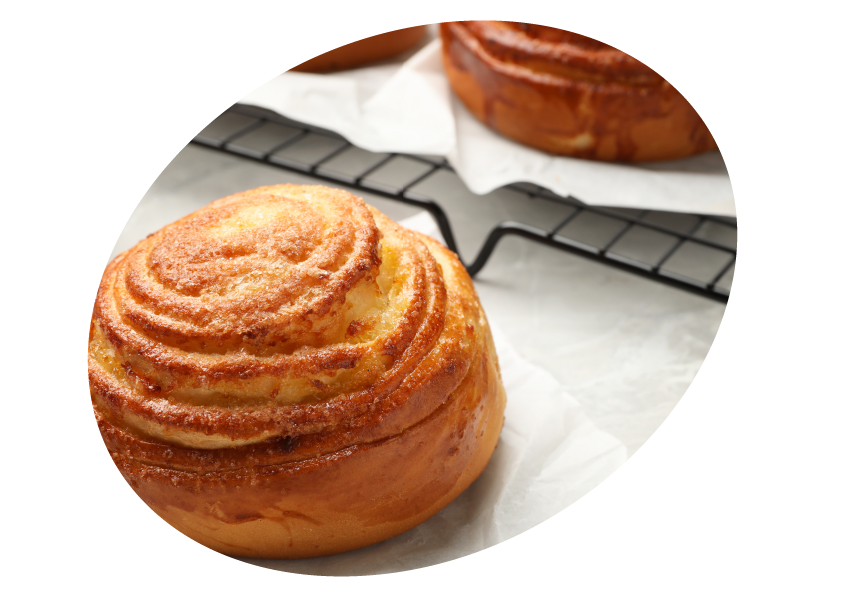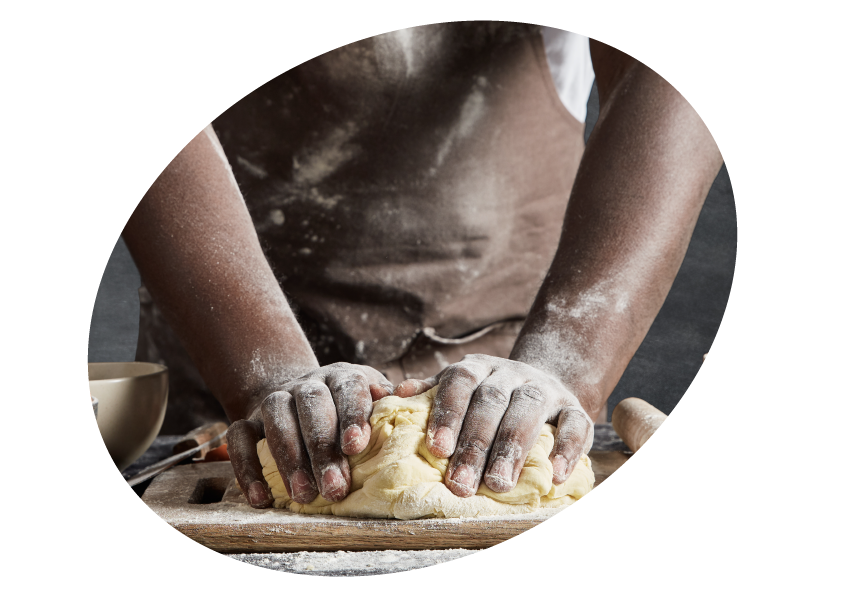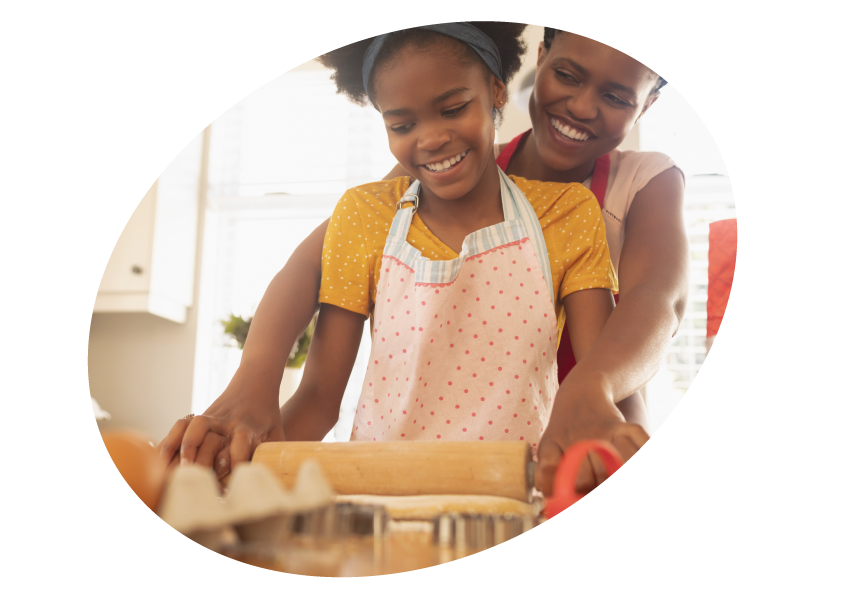-
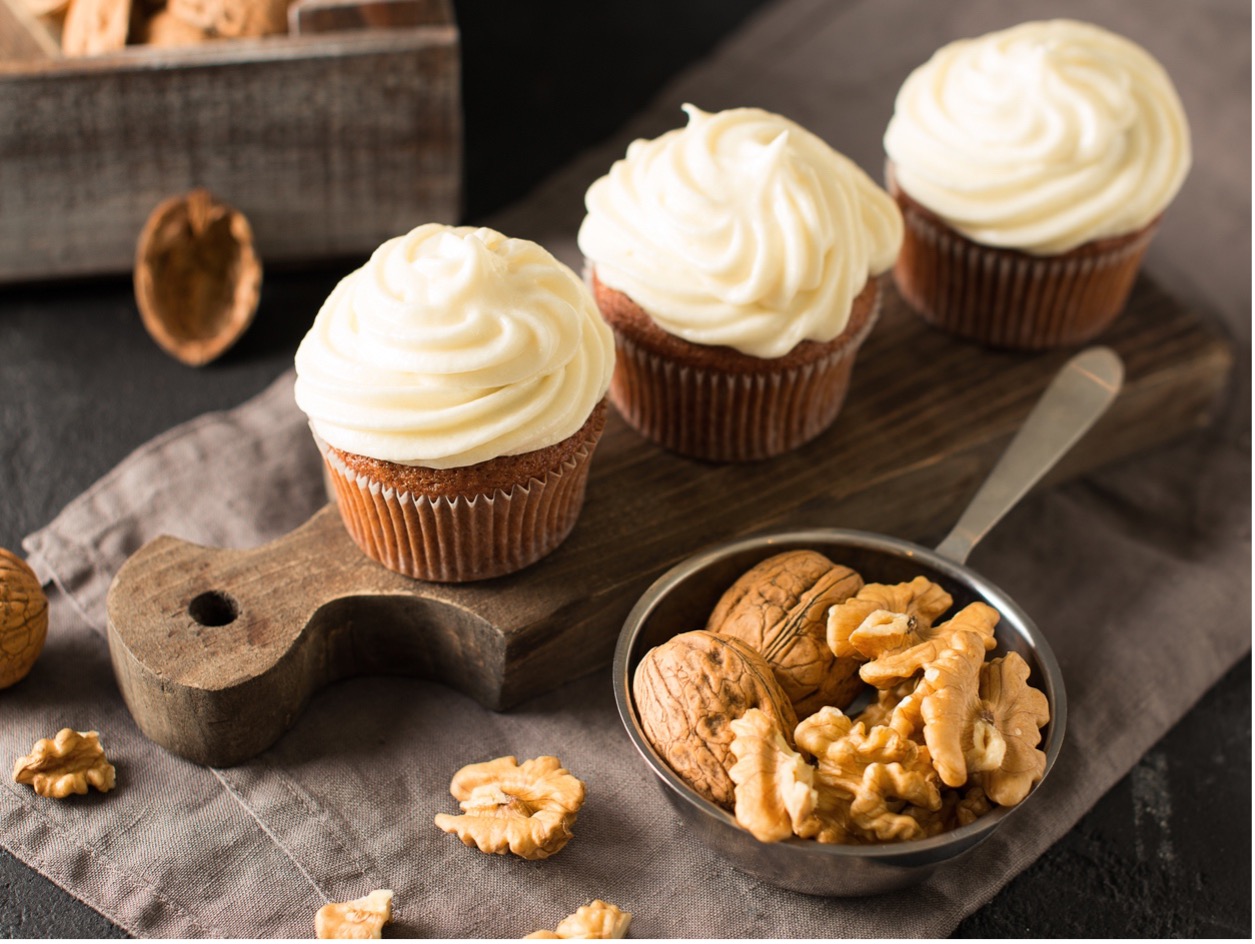
Top 10 Baking Tips South Africa In 2022
Baking is a fun activity that the whole family can get involved in. If you’re new to baking or have been doing this for a while but would like to brush up on your skills, Golden Cloud has got you covered!
With many of us spending more time indoors, it only makes sense to whip up some delicious eats and treats that will give your sweet tooth the ultimate satisfaction. However, there are a few baking essentials you must know to make flop-proof, delicious eats.
Here are our top 10 tips to get you started:
1. Read the Recipe Thoroughly before starting
Before you start, read the recipe entirely and gather your ingredients in the meantime. If you are baking a cake, for example, the recipe may ask you to preheat the oven before you start to combine your ingredients. If you do not read this first, you may miss this step and end up turning on your oven last minute and placing your cake batter in an oven that is not hot enough – this can affect the overall baking time and, if taken out prematurely, cause your cake to flop.
2. Use an Oven Thermometer
An oven thermometer comes in handy when you want to be certain of the temperature inside the oven. A recipe may ask you to preheat the oven at 180°C or 200°C, and after 10 minutes, you may think your oven is properly heated and ready to welcome your baked treat. However, this may not always be the case. Some ovens take longer to warm than others, especially if they are much older. The best way to ascertain the temperature is to use an oven thermometer and place it in the middle of the oven or you can hang it on the rack inside your oven. You will always know exactly what temperature the inside of your oven is like, making it all the better when you bake. You simply cannot go wrong!
3. Prep the Ingredients
As you read through the recipe and get acquainted with the ingredients, prepare them in the meantime. Go down the list and start taking out any spices, flour and other baking essentials you may need. If you are a novice baker, then this step will leave you feeling confident and in control of the kitchen.
4. Measure Ingredients Well
Your baking equipment should have clear measuring guidelines. Use the correct equipment as a recipe that calls for 250 ml (one cup) of flour cannot simply be measured using an ordinary cup. Some cups are smaller or larger than 250 ml – incorrect measuring will negatively impact the outcome of your baked treat. If you want your treat to come out as good as the picture in the recipe, then it is best to stick to the exact ratio indicated in the recipe. Ensure you keep measuring cups and spoons at hand for the correct measurements.
5. Weigh the Ingredients
You may be able to improvise and add your unique flavour to a soup or marinade recipe, but baking is an entirely different ballgame. Measuring cups and spoons are your best and safest bet when it comes to cooking, however, if you want to ensure extra precision, use a kitchen scale to weigh your ingredients. This comes especially in handy when you need to weigh ingredients such as butter which can be difficult to put in a cup if the recipe calls for a cup of butter. Kitchen scales provide the most accurate way of measuring so if you have one at home, it will come in handy.
6. An Accurate Butter Consistency is Key
Butter, sunflower oil, and margarine are often critical ingredients in a recipe – they are not always used at the same time. These ingredients, especially butter, can affect the overall texture of the baked good. There are three different consistencies the butter can be – soft/room temperature, hard or frozen. Pay special attention to what the recipe asks for. If you are baking bread, for example, and the recipe asks you to cream the butter and sugar – best choice would be to use softened butter which will make creaming easier and result in soft, fluffy bread.
To check whether the butter is soft enough to use in baking, you should be able to gently press with your fingers into the butter – if your fingers sink by making a slight indention, it is ready for use.
Hard butter would be straight from the fridge or can come from the freezer. Recipes that often call for this type of butter include pastries such as pie crusts or scones.
7. Pay attention to ‘room temperature’
If a recipe specifically calls for room temperature ingredients, always adhere as this can affect the final baking product – these are usually eggs, butter, and milk. Most ingredients are room temperature anyway unless, they have been kept in the fridge. When they are at different temperatures, they may not mix well. But if they are the same temperature, they will combine better. If you have cold eggs, take them out of the fridge for an hour or more before baking. Alternatively, you can keep them in lukewarm water for a few minutes, making sure not to cook the eggs – this will bring the temperature down.
8. Don’t Skip Sifting
Sifting flour can make a world of a difference as it gets rid of any lumps and can improve the overall quality of your cake, cookie, or pie dough. When your flour is sifted, it makes it much lighter and combines well with the rest of the ingredients. Also, sifted flour can provide you with a more accurate measurement than flour which hasn’t been sifted.
9. Avoid Overmixing the batter
Overmixing the batter can affect the texture of the cake and cause it to become denser. Overmixing can cause more air to get into the batter and cause additional gluten to develop. When making scones, cake, bread, muffins, or anything that requires mixing, do so until just combined. Always follow the baking instructions in the recipe to know how long you should mix the batter for.
10. Use a Toothpick or skewer to Check if your baked treat is ready
Baking times may vary as per the recipe’s guidelines. If a recipe calls for you to take the baked treat out after 20 minutes, you may want to do so five minutes earlier. If your treat needs additional time to bake, then keep it in the oven for a few minutes longer. However, you would rather want to check this beforehand, than leave the treat longer than expected which may result in a dry, burnt bread or cake. The best way to check whether your baked treat is ready is by inserting a toothpick or skewer into the final product – if it comes out clean, your baked treat is ready. However, if the batter sticks to the toothpick, you should leave it in the oven for a few minutes longer. Be sure to set a timer so that you do not lose track of the time!
Anyone can become a baker. All it takes is for you to find some Golden Cloud recipe inspiration, get your ingredients ready and trust the process. With these baking hacks, you are sure to make fail-proof baked goodies.
Click here to visit the South African Government’s official information portal for COVID-19 – www.sacoronavirus.co.za

